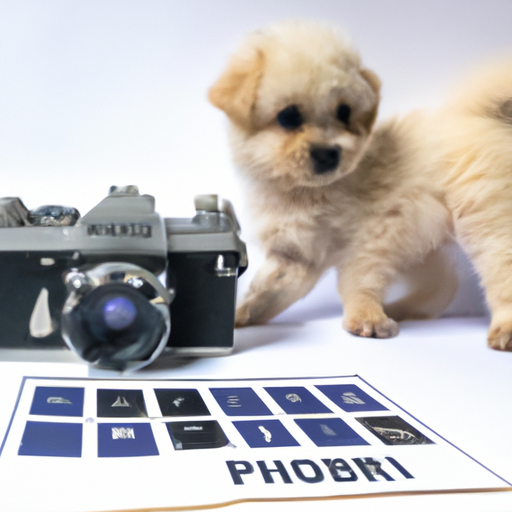As a caregiver, you understand the importance of understanding the age and developmental stages of your puppy. Just like human babies, puppies have different growth and development stages, which are essential for their wellbeing. But what age is a puppy? This question may seem straightforward, but it carries a lot of weight and is fundamental in caring for your furry friend.
Table of Contents
- Defining the Puppy Age
- The Developmental Stages of a Puppy
- The Importance of Knowing Your Puppy Age
- Frequently Asked Questions
Key Takeaways
- Understanding your puppy’s age is vital in providing proper care and training.
- Puppies grow and develop rapidly, passing through several stages in their first year.
- Knowing the developmental stage of your puppy can help in managing their health and behavior.
Defining the Puppy Age
So, what age is a puppy? In general, a dog is considered a puppy from birth to one year. Some may even argue that a dog remains a puppy until two years old, especially for larger breeds that mature slower [source]. This period is marked by rapid growth and development, with your puppy learning and experiencing new things every day.
Understanding a puppy’s age helps you provide appropriate care, nutrition, and training. You can read more about a puppy’s first year and the milestones they reach on OneTopDog.
The Developmental Stages of a Puppy
-
Neonatal stage (0-2 weeks): Puppies are born blind, deaf, and completely dependent on their mother. Their primary activities are eating and sleeping.
-
Transitional stage (2-4 weeks): Puppies begin to open their eyes and ears and start to explore their surroundings. Their teeth start to come in, and they begin to stand, walk, and wag their tails.
-
Socialization stage (4-12 weeks): Puppies become more active and curious. They begin to learn about the world around them and start to interact with others, including humans and other animals.
-
Juvenile stage (3-6 months): Puppies continue to grow and learn. They become more independent and may start to challenge their boundaries.
-
Adolescence (6 months – 2 years): Puppies reach sexual maturity and may become more assertive or stubborn. This is a crucial time for socialization and training.
Check out this informative guide on OneTopDog for a more detailed breakdown of your puppy’s growth stages.
The Importance of Knowing Your Puppy Age
Knowing your puppy’s age and developmental stage is crucial for several reasons:
- Healthcare: Puppies require specific vaccinations and treatments at certain ages. Failure to keep up with these can lead to serious health issues.
- Nutrition: Different ages and stages require different nutritional needs. Puppies need a diet high in protein and fat to support their rapid growth.
- Training: Understanding your puppy’s developmental stage can provide insight into their behavior and help with training.
- Exercise: Puppies have a lot of energy, but their bodies are still growing. Too much exercise can damage their developing joints, so it’s important to know how much is appropriate.
For more tips on caring for your puppy, OneTopDog has a great article that can help.
Frequently Asked Questions
1. When is a puppy fully grown?
While it varies by breed, most dogs are considered fully grown between one and two years old. Larger breeds may take longer to reach full maturity.
2. When should I start training my puppy?
You can start basic training as soon as your puppy comes home, usually around eight weeks old.
3. How often should my puppy eat?
Typically, puppies should eat three to four times a day. As they grow, you can reduce this to two meals a day.
Knowing the age and developmental stage of your puppy is a crucial part of being a responsible and caring pet owner. It allows you to provide the best possible care for your furry friend and sets the stage for a happy, healthy life together.



